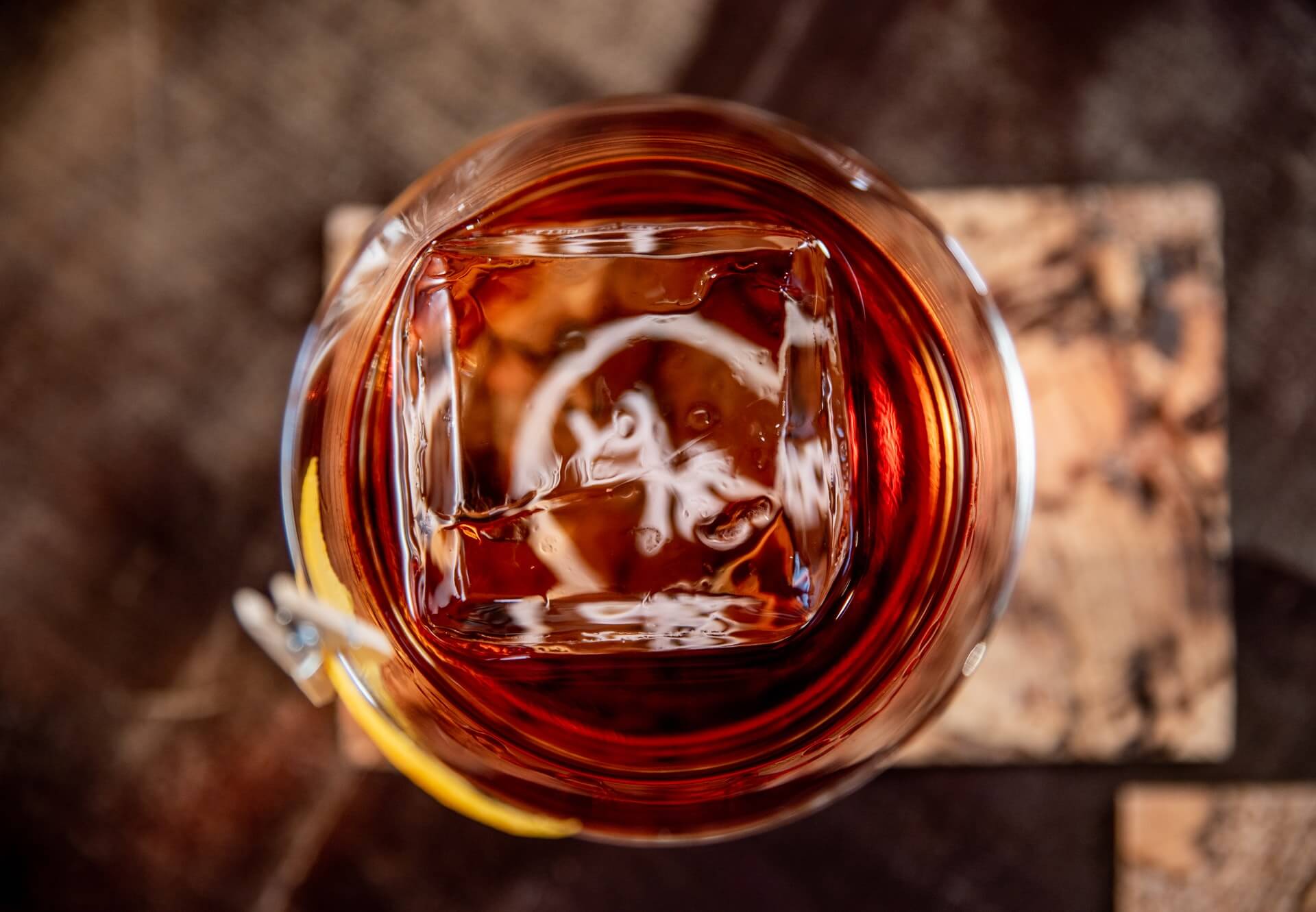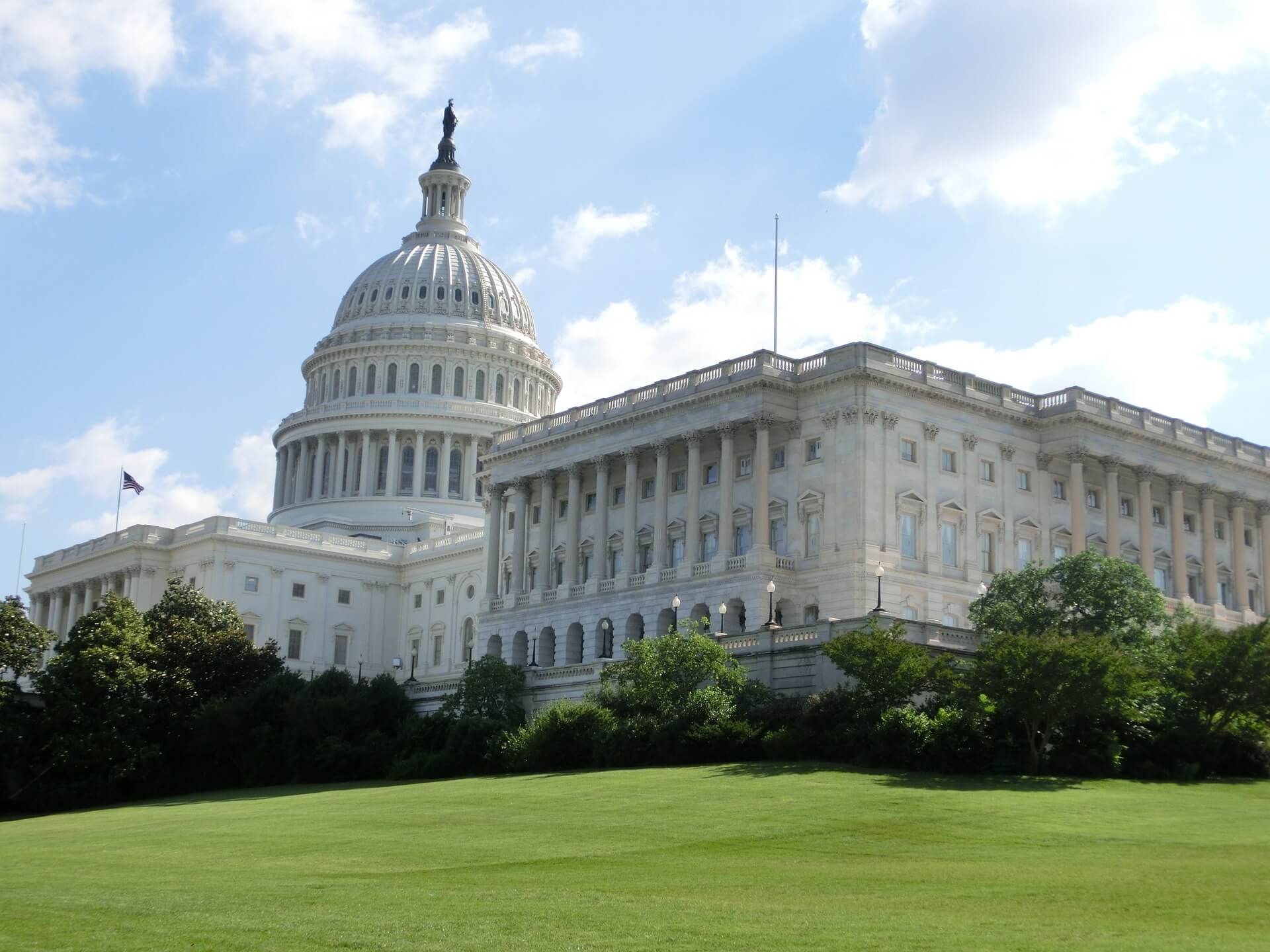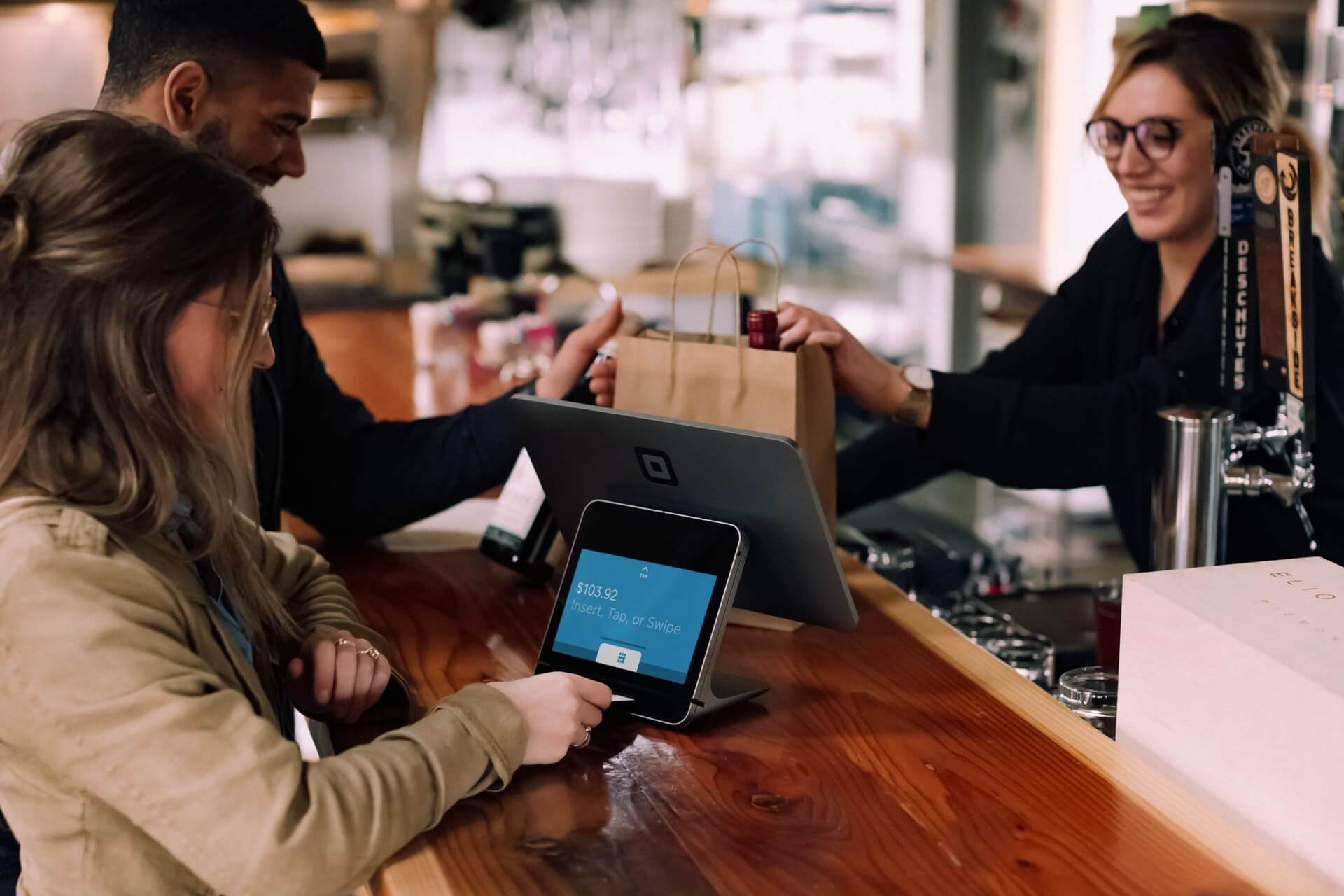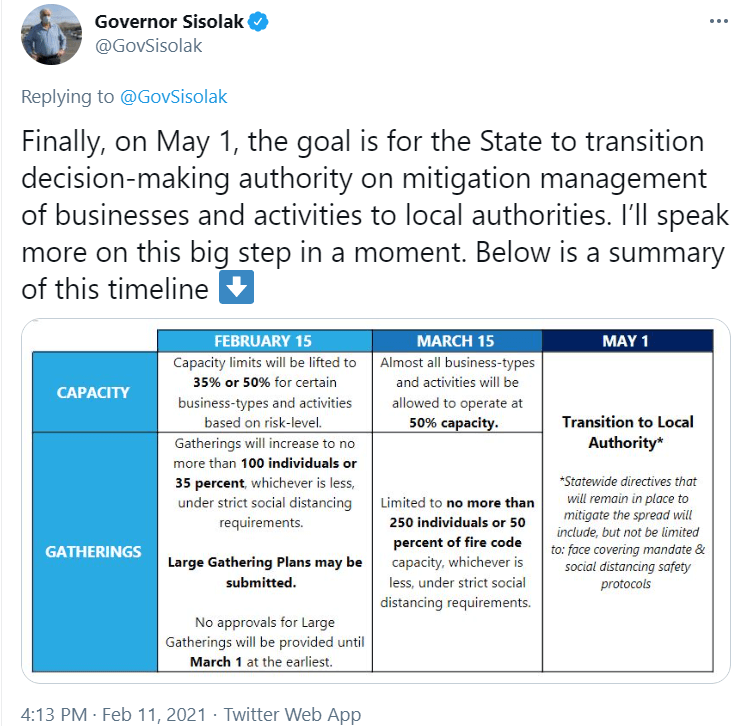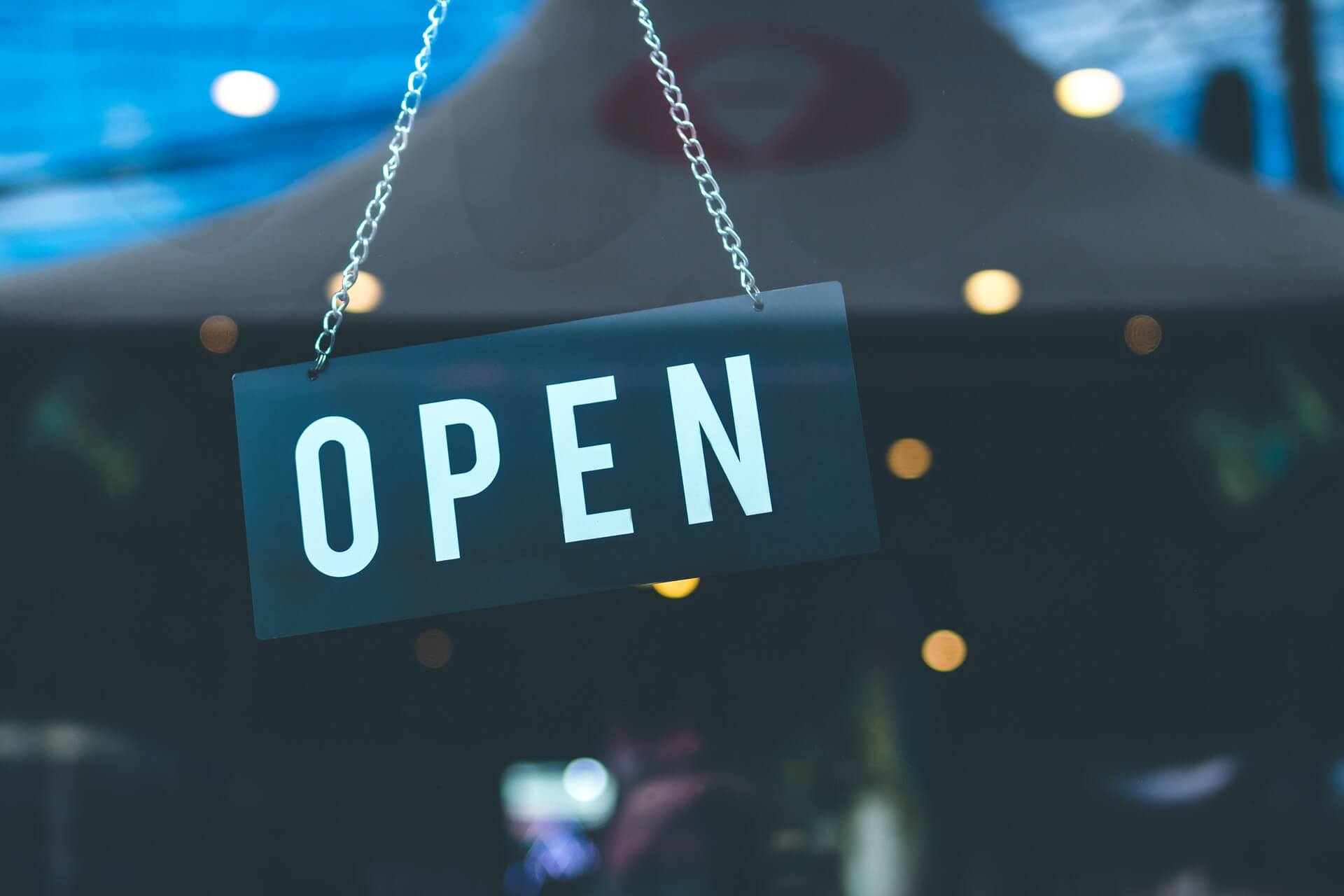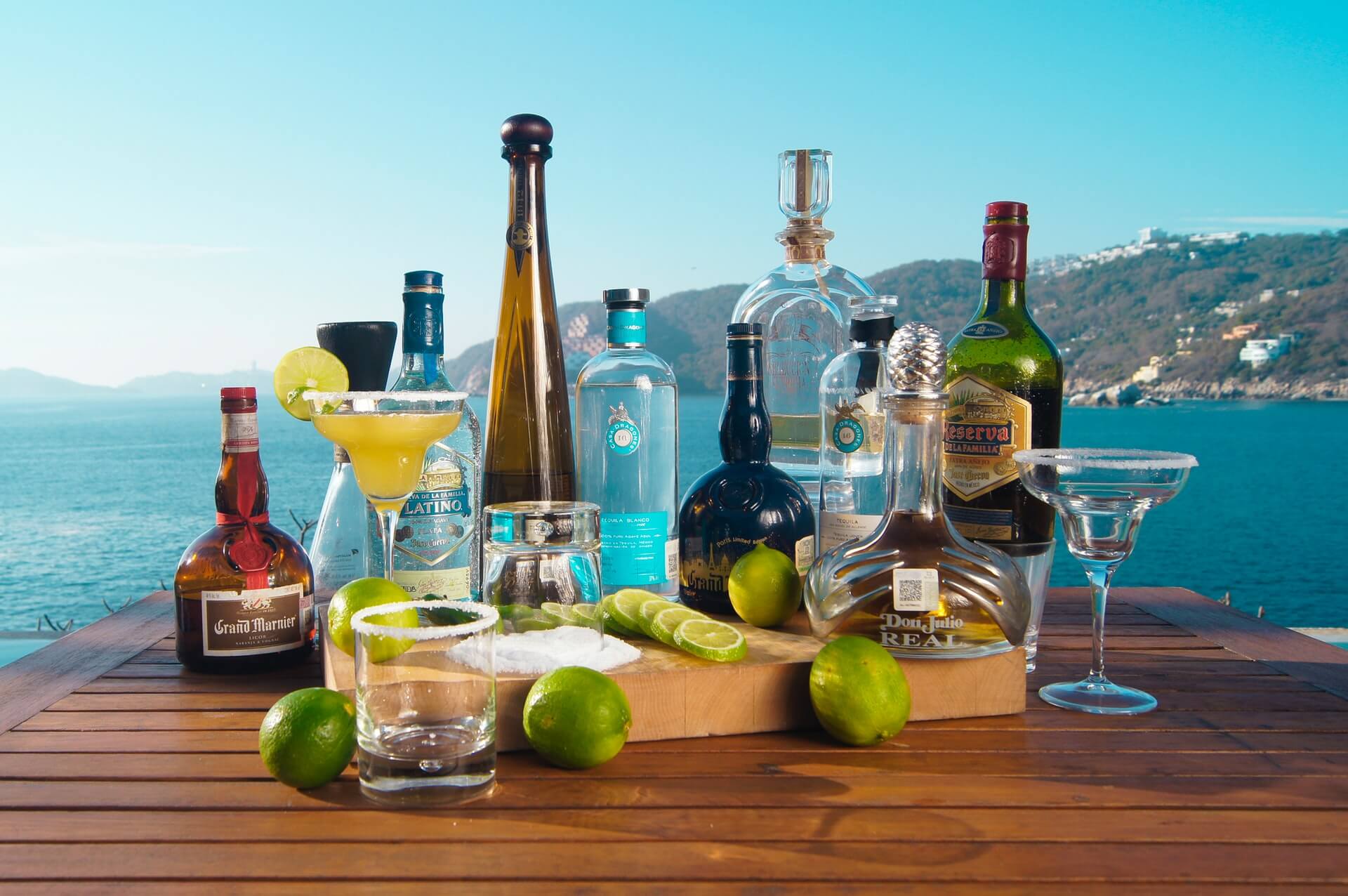Senate Boosts RRF to $28.6 Billion
by David Klemt

On Saturday, the Senate approved their version of the $1.9 trillion Covid-19 relief bill along party lines.
Next, the bill will go back to the House and could receive a vote as early as tomorrow.
Boost to RRF?
According to several sources, the Senate’s version of the American Restaurant Plan Act (ARPA) includes a $3.6 billion boost to the $25 billionRestaurant Revitalization Fund (RRF).
If that’s accurate and the House passes this version of the ARPA, the RRF has $28.6 billion to disburse.
Five billion dollars will be set aside specifically for businesses that grossed less than $500,000 in receipts in 2019.
Mostly a Good Start?
The RRF is modeled on the RESTAURANTS Act.
Unfortunately, it isn’t funded like the RESTAURANTS Act. The industry has been campaigning for nearly a year for a $120 billion fund.
More than 110,000 restaurants and bars have been lost throughout the United States permanently. In addition, the industry has lost around $220 billion in sales.
The RRF isn’t even a quarter of what the industry was asking for in terms of help from elected officials.
Still, if managed properly, the RRF is much-appreciated and much-needed relief for small and mid-sized operators.
The Details (So Far)
The Small Business Association (SBA) will manage the RRF. For the first 21 days, businesses owned or controlled by women or veterans—or that are economically and socially disadvantaged—will be prioritized for grants.
Maximum amounts for grants are $5 million per individual restaurant or $10 million per restaurant group.
Established restaurants can calculate their grants thusly: 2019 revenue minus 2020 revenue minus PPP loans. For restaurants that were opened in 2019, the calculation is the average of 2019 monthly revenues times 12 minus 2020 revenues. Restaurants opened in 2020 are eligible to receive funding equal to eligible expenses incurred.
Grants can be spent on eligible expenses from February 15, 2020 through December 31, 2021. However, the SBA may extend that period through two years from enactment.
Eligible expenses include but are not limited to:
- payroll and benefits;
- mortgage (no prepayment);
- rent (no prepayment);
- utilities, maintenance;
- supplies (including PPE and cleaning materials);
- food;
- operational expenses;
- covered supplier costs (as defined by the SBA under the PPP program); and
- sick leave.
The fight for relief isn’t over. Please click here to tell your representatives to pass ARPA and the RRF immediately.
Image: Finn Hackshaw on Unsplash






